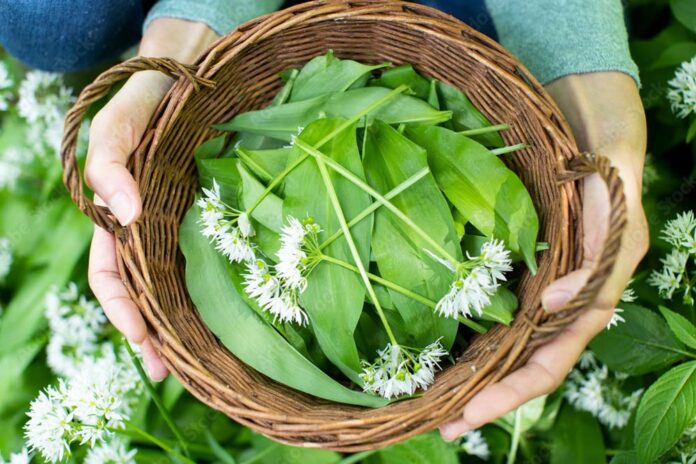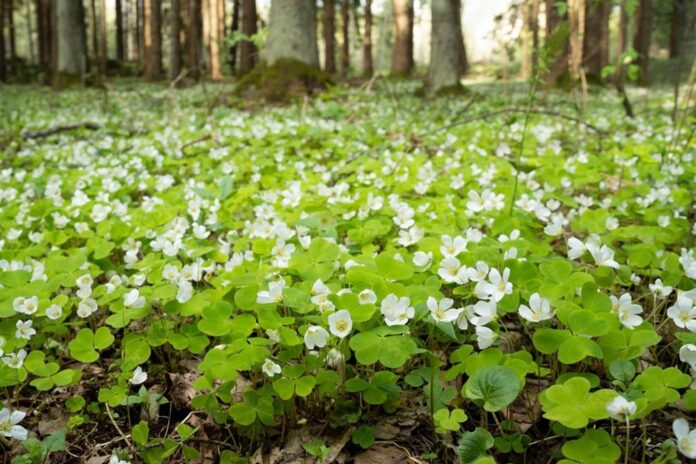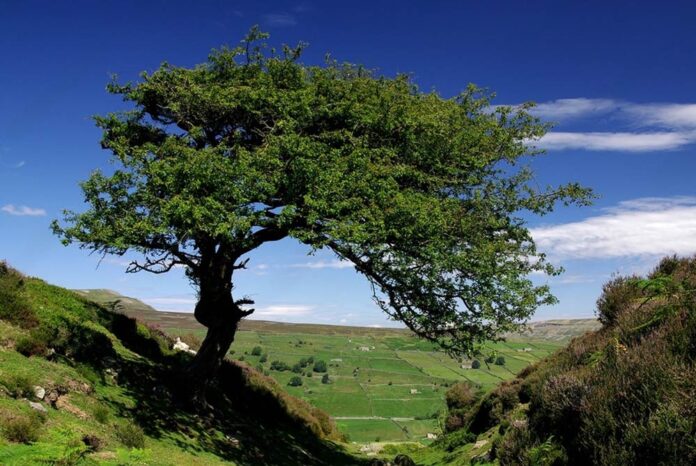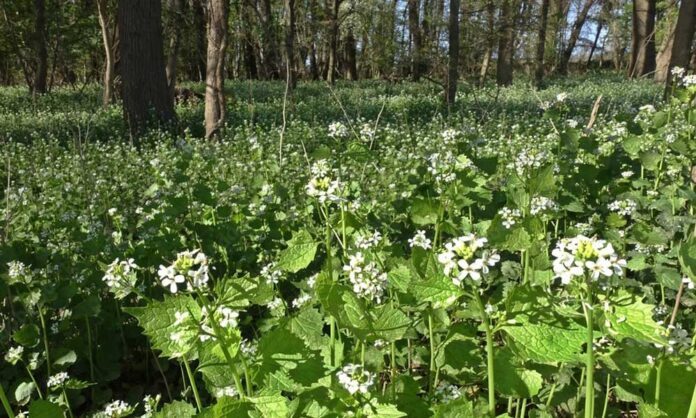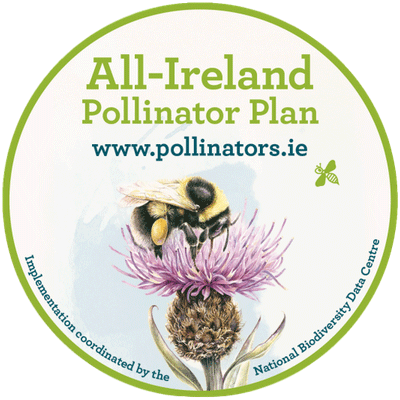The Sticky Surprise, Foraging for Delicious and Nutritious Cleavers
That tenacious tangle of vines clinging to your clothes is a hidden gem in disguise. Cleavers (Galium aparine), also known by the delightful Irish name (Garbhlus) and the common names sticky willy, sticky bobs, stick-a-back, catchweed and kisses (perhaps reflecting their tendency to cling!), are a common sight in many hedgerows, woodland and fields. But beneath their clingy exterior lies a surprising secret: cleavers are a delicious and nutritious wild edible – and a potential source of soothing herbal tea!
Identifying Your Sticky Friend: What Cleavers Look Like
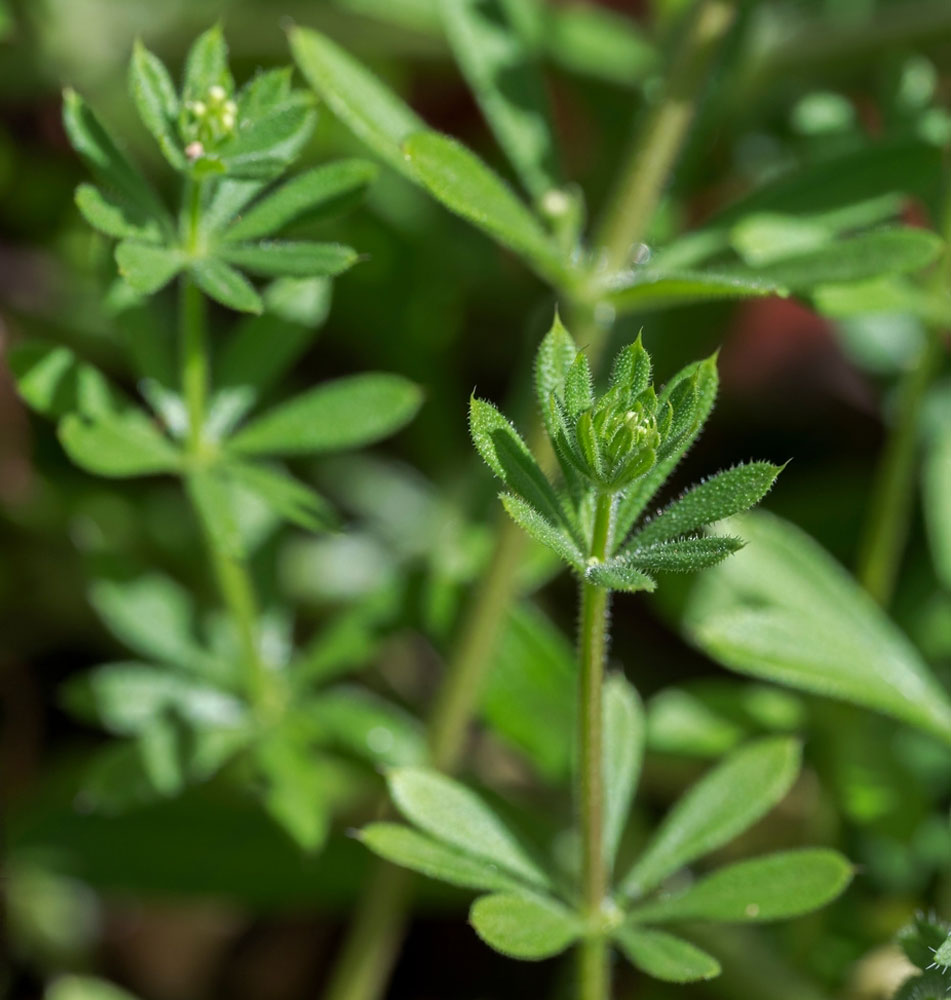
Before you embark on your cleaver foraging adventure, it’s crucial to identify them correctly. Cleavers are easy to recognize with their unique characteristics. Cleavers is a climbing plant, that uses the hooks on its stems to aid its scrambling progress. The hooks on its fruits attach to animals (and us) to help disperse its seeds:
- Climbing Vines: Cleavers often grow in sprawling or climbing fashion, reaching up to 3 feet (1 meter) in length. They don’t have a central stem but rather a network of intertwining green vines.
- Whorled Leaves: The leaves of cleavers are arranged in whorls, meaning they grow in clusters of typically 6-8 leaves around the stem. These whorls appear at regular intervals along the vine.
- Tiny Star-Shaped Flowers: In late spring or summer, tiny white, star-shaped flowers will bloom from the junction where the leaves meet the stem.
- Sticky Surprise: The most recognizable feature of cleavers is their “stickiness.” The stems and leaves are covered in tiny, hair-like hooks that readily latch onto clothing or fur, earning them nicknames like “sticky willy”
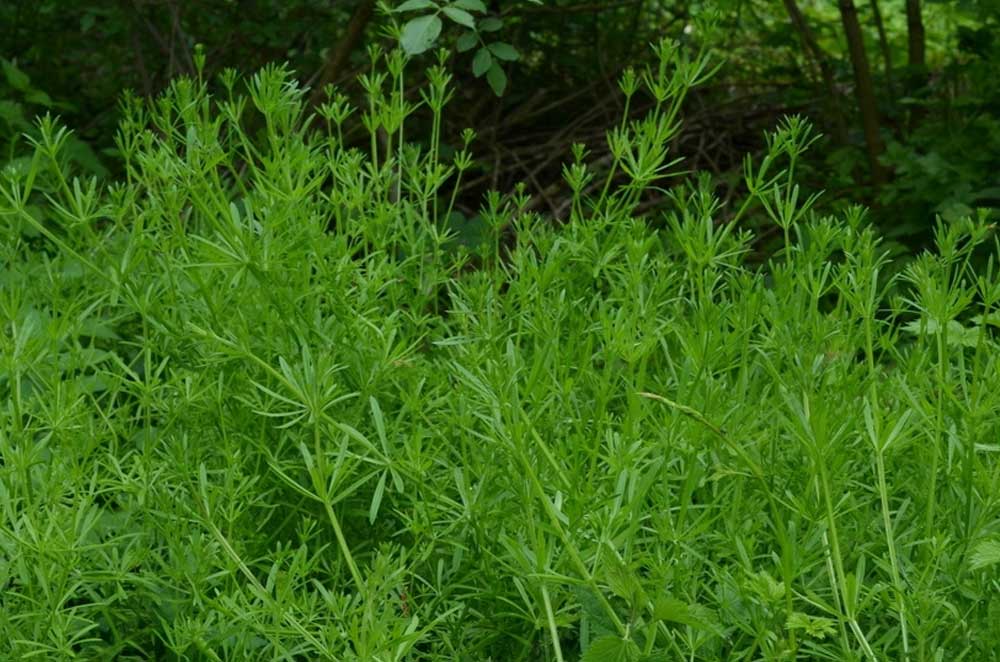
From Nuisance to Nutrient Powerhouse:
Once you’ve confidently identified your cleavers, you can begin to appreciate their value. Cleavers boast a rich history as a culinary and medicinal herb. Young cleavers have a mild, slightly sweet flavour, similar to peas or cucumber, making them a versatile addition to your dishes. They’re packed with essential nutrients like vitamins A, C, and K, as well as minerals like iron and calcium.
Transforming Cleavers into Culinary Delights:
The key to enjoying cleavers lies in harvesting them young and tender. Here are some ideas to get you started:
- Salads: Finely chopped young cleavers add a refreshing green touch and a subtle sweetness to your salad mixes. Pair them with other spring greens, crumbled cheese, and a light vinaigrette.
- Sautéed Greens: Similar to spinach or kale, young cleaver leaves can be sautéed with garlic and olive oil for a simple and nutritious side dish. Season with salt, pepper, and a squeeze of lemon juice to enhance the flavour.
- Soups and Stews: Add chopped cleaver stems to your vegetable soups or stews during the simmering process. The subtle flavour complements other vegetables, and the leaves can even be used as a thickener.
- Smoothies: For a green juice boost, toss a handful of young cleavers into your next smoothie. Their mild flavour blends well with fruits and other vegetables.
A Warm and Soothing Brew: Cleavers Tea
Cleavers aren’t just a culinary delight; they can also be enjoyed as a warm and soothing herbal tea. Here’s how to brew your own cleaver tea:
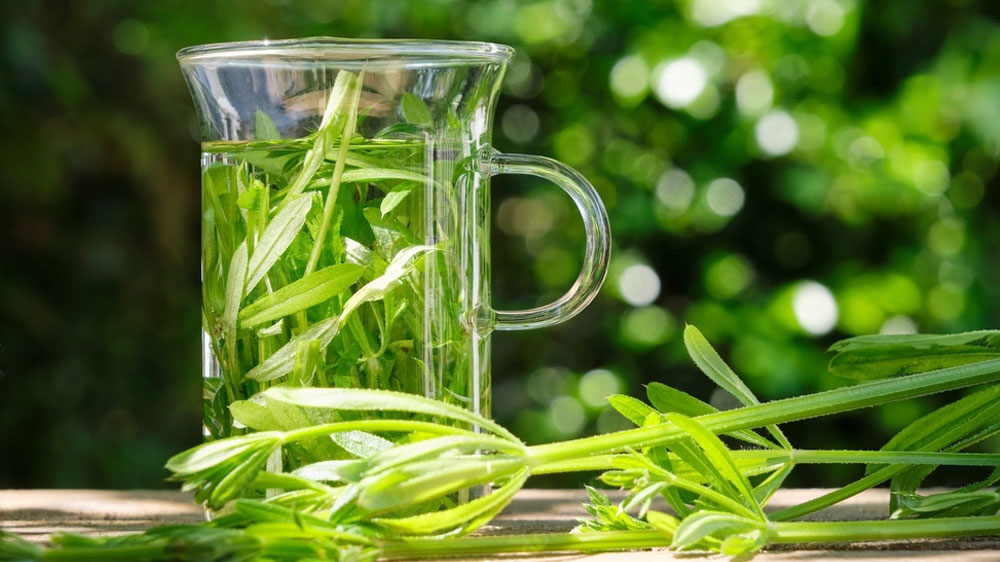
- Ingredients: 1-2 tablespoons of dried cleavers (leaves and stems), 1 cup of boiling water, honey or lemon (optional)
- Instructions: Steep the dried cleavers in boiling water for 5-10 minutes. Strain the tea and enjoy it warm. You can add a touch of honey or lemon to enhance the flavour.
Potential Benefits of Cleavers Tea:
While more research is needed, anecdotal evidence and traditional uses suggest that cleaver tea may offer several benefits:
- Lymphatic System Support: Cleavers are thought to help stimulate the lymphatic system, which plays a crucial role in detoxification and immune function.
- Soothing Skin Conditions: The tea may offer relief from minor skin irritations like eczema or psoriasis due to its potential anti-inflammatory properties.
- Urinary Tract Support: Cleavers tea has been traditionally used to support urinary tract health.
A Word of Caution:
- Identification is Key: Before consuming any wild plant, ensure you can correctly identify it. Consult a reliable foraging guide or app to make sure you’re harvesting cleavers (Galium aparine) and not a lookalike.
- Focus on Young Parts: As cleavers mature, the leaves and stems become increasingly bitter. Harvest young, tender parts for the best flavour and texture in both food and tea.
- Enjoy in Moderation: Cleavers are generally safe for consumption, but it’s always best to start with a small amount and monitor for any allergic reactions. Consult a healthcare professional before incorporating cleaver tea into your routine, especially if you have any underlying health conditions or take medications.
Beyond the Plate and Cup:
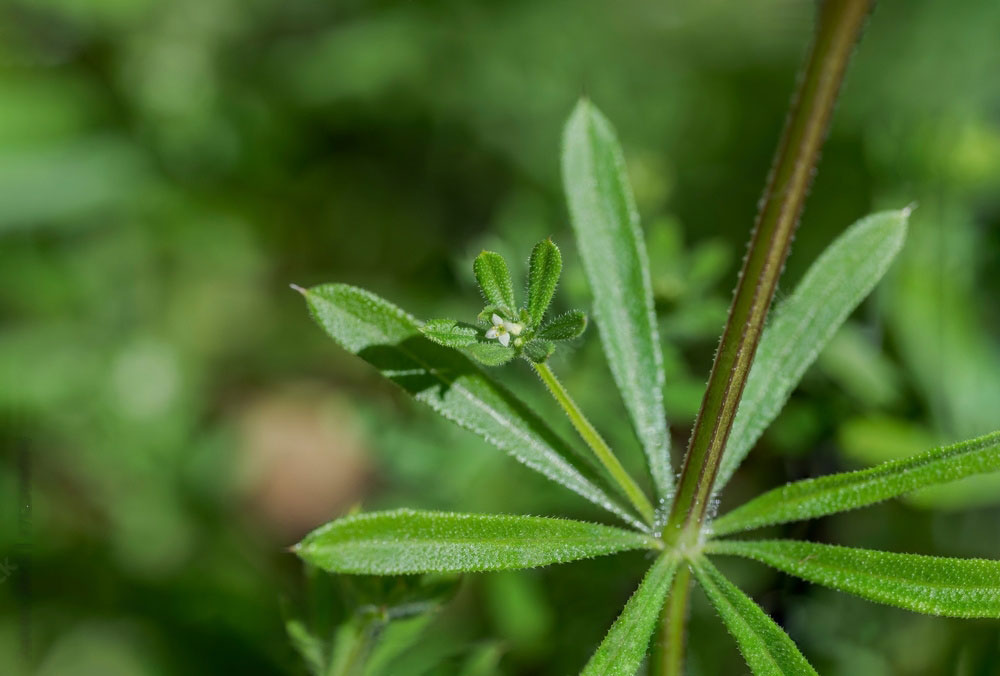
Cleavers have potential medicinal uses beyond tea, although it’s crucial to consult a herbalist professional before incorporating them into your wellness routine if you have a medical condition.
Embrace the Unexpected:
So next time you encounter a patch of cleavers, don’t dismiss them! Embrace this versatile plant and explore its culinary and soothing tea possibilities. With a little knowledge and creativity, you can transform a common wild native plant into a delicious and nutritious addition to your meals and a source of herbal wellness. Happy foraging for cleavers!


